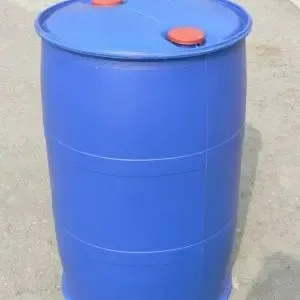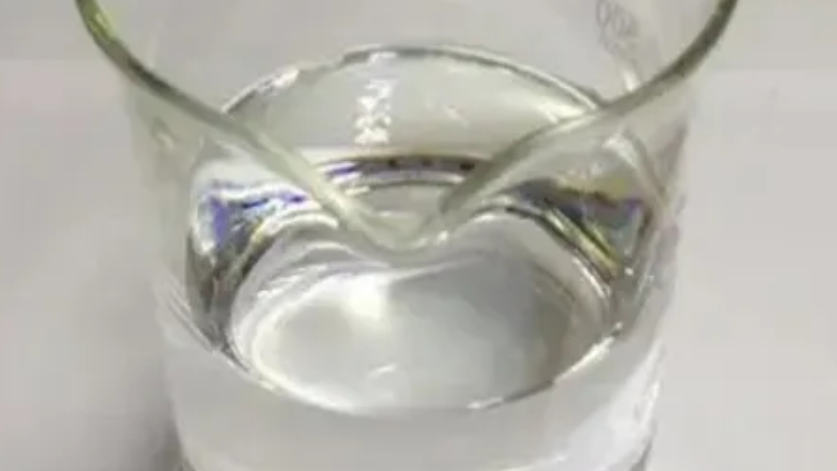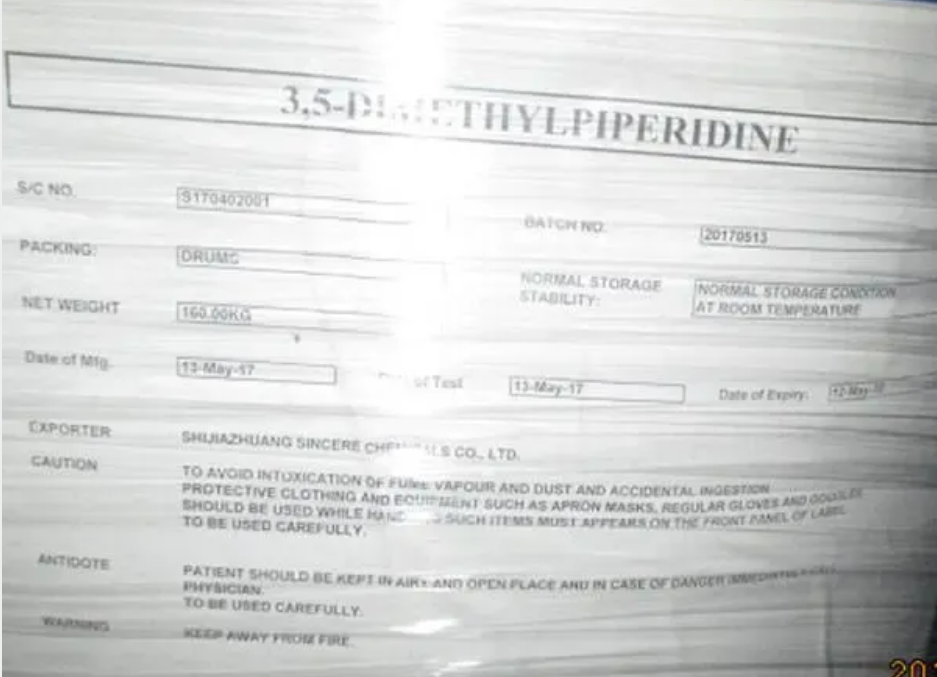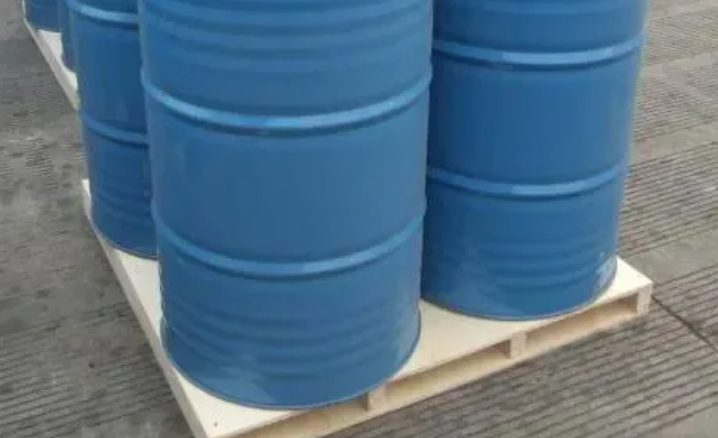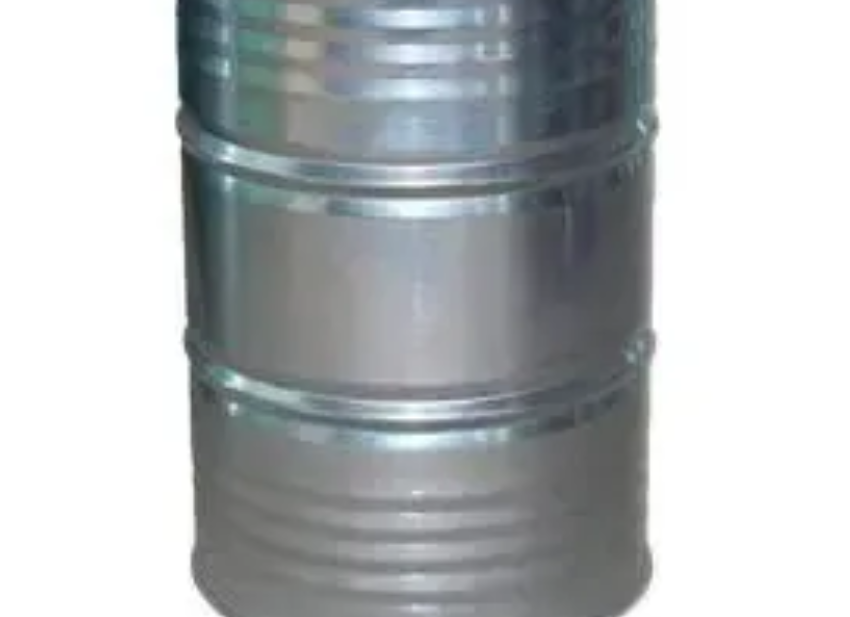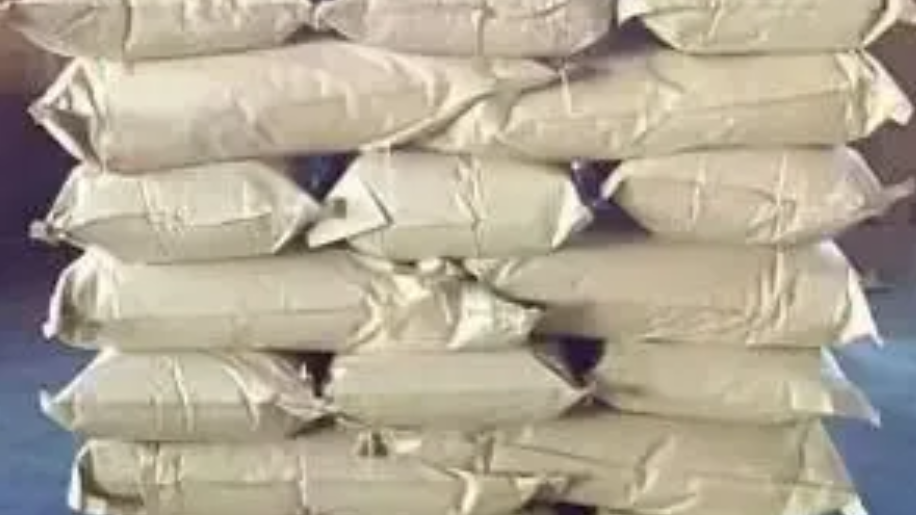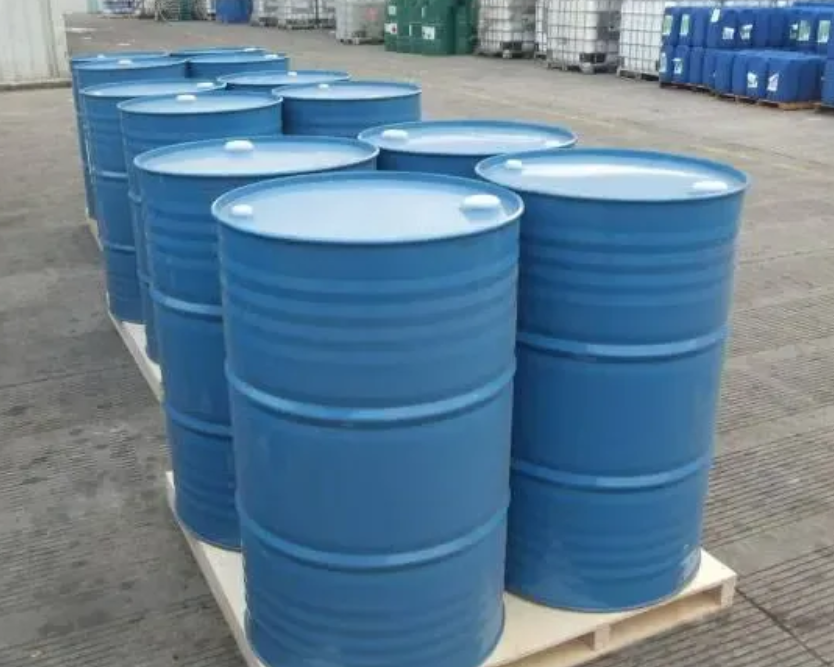Sodium Carboxy Methyl Cellulose High-Performance Thickener & Stabilizer
- Introduction to Sodium Carboxy Methyl Cellulose (SCMC)
- Technical Advantages Over Competing Binders
- Market Comparison: Leading Manufacturers
- Custom Formulation Strategies
- Performance Data Across Industries
- Implementation Case Studies
- Future Outlook for SCMC Applications
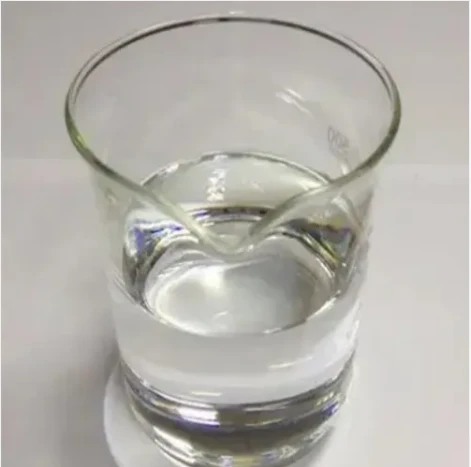
(sodium carboxy methyl cellulose)
Understanding Sodium Carboxy Methyl Cellulose: Key Properties and Applications
Sodium carboxy methyl cellulose (CAS 9004-32-4), a water-soluble polymer derived from cellulose, demonstrates exceptional viscosity modulation across concentrations as low as 1% w/v. With degree of substitution (DS) ranging 0.6–1.2 commercially, this anionic polymer achieves:
- pH stability (5–11)
- Thermal tolerance up to 60°C
- Shear-thinning behavior (Brookfield viscosity 1,500–50,000 cP)
Recent market analysis (Global Markets Insight, 2023) projects 6.8% CAGR growth through 2032, driven by pharmaceutical (42% market share) and food-grade (31% share) applications.
Technical Superiority in Binding Solutions
Comparative testing reveals SCMC outperforms alternatives in critical parameters:
| Binder Type | Adhesion Strength (N/cm²) | Moisture Resistance | Rehydration Time |
|---|---|---|---|
| SCMC | 8.7 | 94% | 12s |
| HPMC | 5.2 | 88% | 18s |
| PVP | 6.1 | 76% | 25s |
Manufacturer Landscape Analysis
The global SCMC supply chain features distinct specialization patterns:
| Producer | Viscosity Range | Purity Grade | Price/kg (USD) |
|---|---|---|---|
| Ashland | 1,500–45,000 cP | USP/EP | $18.50–$32.00 |
| Dow Chemical | 2,000–40,000 cP | Industrial | $14.80–$28.75 |
| Sinocmc | 800–35,000 cP | Food/Pharma | $12.40–$26.90 |
Customization Protocols for Specific Applications
Tailoring SCMC involves modifying three core parameters:
- Viscosity profile: Adjustable via molecular weight (MW 90,000–700,000)
- Particle morphology: Granulation from 45μm to 250μm
- pH adaptation: Buffering systems for extreme conditions
A 2022 formulation study demonstrated 22% improved dissolution rates in enteric coatings through particle size optimization (150μm vs standard 75μm).
Quantified Performance Metrics
Industry-specific testing data highlights SCMC's versatility:
| Application | Dosage | Efficacy |
|---|---|---|
| Tablet Disintegration | 2–5% | ≤30 min (USP standard) |
| Drilling Fluid | 0.1–0.5% | FANN 35 viscosity +300% |
| Food Thickener | 0.2–1.8% | Brookfield 20,000 cP |
Documented Implementation Successes
A pharmaceutical manufacturer achieved 17% cost reduction through SCMC optimization:
- Binder load decreased from 4.2% to 3.5%
- Compression force reduced by 12%
- Tablet hardness maintained at 8–10 kP
In textile printing, SCMC substitution increased pigment fixation rates from 78% to 89% (ISO 105-C06 wash tests).
Why Sodium Carboxy Methyl Cellulose Remains an Industry Staple
With 68% of formulators preferring SCMC for multi-functional performance (Chemical Processing Survey, 2023), its molecular adaptability continues driving innovation. Emerging applications in lithium-ion battery electrolytes (3–5% additive load) and smart hydrogels demonstrate the polymer's evolving technical relevance.
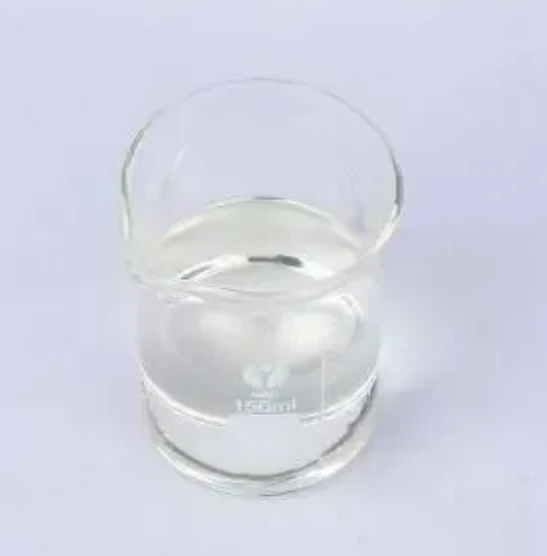
(sodium carboxy methyl cellulose)
FAQS on sodium carboxy methyl cellulose
Q: What is sodium carboxy methyl cellulose?
A: Sodium carboxy methyl cellulose (NaCMC) is a water-soluble polymer derived from cellulose. It is widely used as a thickening, stabilizing, and binding agent in industries like food, pharmaceuticals, and cosmetics.
Q: Is carboxy methyl cellulose sodium salt the same as sodium carboxy methyl cellulose?
A: Yes, carboxy methyl cellulose sodium salt and sodium carboxy methyl cellulose are synonyms. Both refer to the same chemically modified cellulose compound used for its viscosity and solubility properties.
Q: What are the primary uses of sodium carboxy methyl cellulose?
A: Sodium carboxy methyl cellulose is used in food as a thickener, in pharmaceuticals as a tablet binder, and in cosmetics to stabilize emulsions. It also serves as a lubricant in industrial applications.
Q: Is sodium carboxy methyl cellulose safe for consumption?
A: Yes, it is generally recognized as safe (GRAS) by regulatory bodies when used in approved quantities. Overconsumption may cause mild digestive issues, but typical uses pose no health risks.
Q: How does sodium carboxy methyl cellulose differ from other cellulose derivatives?
A: Unlike plain cellulose, sodium carboxy methyl cellulose has carboxymethyl groups that enhance water solubility and viscosity. This makes it more effective in applications requiring hydration or gel formation compared to derivatives like methyl cellulose.
Post time: May . 07, 2025 16:44












